- Home
- Articles
- Architectural Portfolio
- Architectral Presentation
- Inspirational Stories
- Architecture News
- Visualization
- BIM Industry
- Facade Design
- Parametric Design
- Career
- Landscape Architecture
- Construction
- Artificial Intelligence
- Sketching
- Design Softwares
- Diagrams
- Writing
- Architectural Tips
- Sustainability
- Courses
- Concept
- Technology
- History & Heritage
- Future of Architecture
- Guides & How-To
- Art & Culture
- Projects
- Interior Design
- Competitions
- Jobs
- Store
- Tools
- More
- Home
- Articles
- Architectural Portfolio
- Architectral Presentation
- Inspirational Stories
- Architecture News
- Visualization
- BIM Industry
- Facade Design
- Parametric Design
- Career
- Landscape Architecture
- Construction
- Artificial Intelligence
- Sketching
- Design Softwares
- Diagrams
- Writing
- Architectural Tips
- Sustainability
- Courses
- Concept
- Technology
- History & Heritage
- Future of Architecture
- Guides & How-To
- Art & Culture
- Projects
- Interior Design
- Competitions
- Jobs
- Store
- Tools
- More
Signs Your Home Exterior Needs Immediate Attention

The exterior of your home does more than provide curb appeal, it serves as the first line of defense against weather, pests, and structural damage. When small problems go unnoticed, they can quickly turn into expensive repairs. Recognizing early warning signs and acting quickly can save money, prevent further deterioration, and preserve the value of your property. From the roof to the foundation, knowing what to look for ensures your home stays safe, attractive, and structurally sound.
Table of Contents
ToggleRoofing Damage That Demands Quick Action
The roof is one of the most critical components of any home, and even minor issues can escalate rapidly if left unaddressed. Missing shingles, curling edges, or cracked tiles are often the first signs of trouble. Homeowners should watch for granule loss in gutters, which indicates shingle deterioration.
Inside the home, water stains on ceilings or walls can reveal leaks that may not be visible from the outside. In areas prone to heavy storms or high humidity, problems can worsen quickly. Partnering with Gulfport roof replacement experts is often the smartest move when these signs appear. Professionals can assess the extent of damage, recommend necessary repairs, and ensure the roof is properly sealed to withstand future weather conditions. Addressing roofing problems early prevents water damage and extends the lifespan of the structure, protecting the home from more significant and costly repairs down the road.
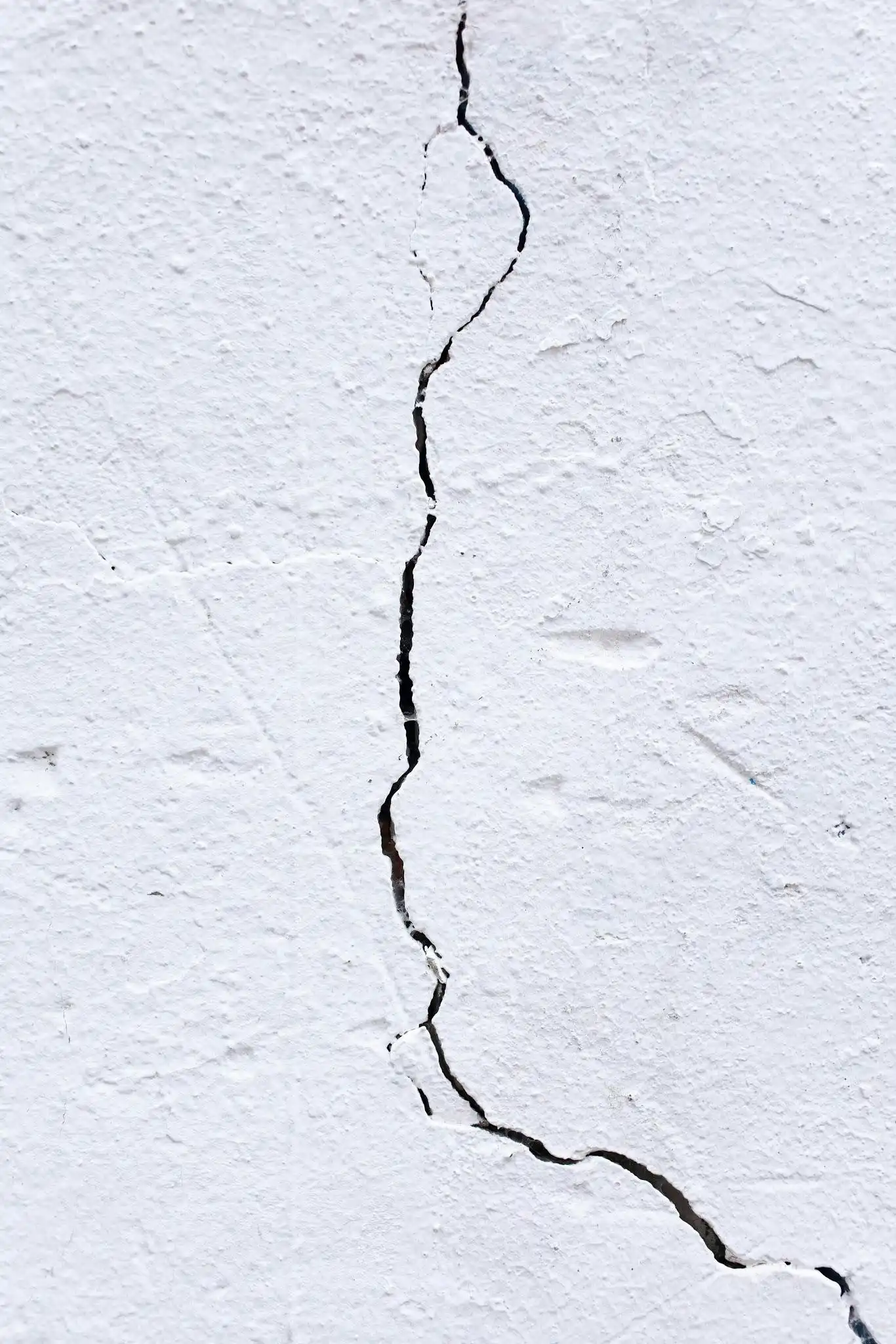
Exterior Paint and Siding Showing Wear
Peeling paint, cracked siding, or faded finishes might seem like cosmetic issues, but they often signal deeper problems. Paint acts as a protective barrier against moisture, and when it begins to fail, water can seep into the underlying structure, leading to rot, mold, and insulation damage. Similarly, warped or damaged siding can expose the home to pests and environmental elements.
Regularly inspecting paint and siding helps catch these issues before they worsen. Repainting or replacing damaged panels promptly preserves both the look and the integrity of the building. High-quality, weather-resistant paints and siding materials can reduce maintenance frequency and provide lasting protection against the elements.
Gutter Problems and Improper Drainage
Gutters play a vital role in directing water away from the home’s foundation, roof, and walls. When gutters are clogged, sagging, or improperly aligned, they can cause water to overflow and pool near the base of the house. This can lead to soil erosion, foundation cracks, and basement leaks. Poor drainage may compromise the structural stability of the home.
Homeowners should clean gutters regularly, check for proper alignment, and ensure downspouts direct water several feet away from the foundation. Installing gutter guards can reduce clogs caused by leaves and debris. Addressing drainage problems early helps prevent more severe issues that are costly and time-consuming to repair.
Cracks and Shifting in the Foundation
Foundation issues can develop slowly, but they require immediate attention once signs appear. Cracks in walls, uneven floors, sticking doors or windows, and visible gaps in the foundation are all potential indicators of structural movement. These problems can result from poor drainage, soil settling, or moisture fluctuations around the home.
Ignoring foundation warning signs can lead to significant structural instability and expensive repairs. Consulting a foundation specialist to assess the severity of cracks and implement corrective measures, such as improved drainage systems or structural reinforcements, can prevent the situation from escalating. A stable foundation is important for maintaining the integrity of the entire building.
Windows and Doors Losing Their Seal
Windows and doors that no longer close properly, feel drafty, or show condensation between panes are signs that their seals are failing. These issues allow energy to escape, increasing heating and cooling costs, while letting moisture into the structure. This can lead to rot, mold, and compromised insulation.

Replacing worn weather stripping, resealing gaps, or upgrading to energy-efficient models improves both comfort and performance. Modern windows and doors reduce energy costs and enhance security and appearance. Regular maintenance ensures that these components continue to function effectively, protecting the home’s envelope.
Landscaping and Exterior Features Showing Neglect
While structural components are critical, landscaping and exterior features play a role in protecting the home. Overgrown trees can damage roofs and siding, clogged drains from yard debris can affect water flow, and neglected hardscapes may deteriorate and create safety hazards. Cracked pathways, loose railings, or leaning fences indicate that maintenance is overdue.
Proactive landscaping care, including trimming trees and managing plant growth near the foundation, reduces the risk of physical damage to the home. Repairing or replacing exterior features as soon as signs of wear appear keeps the property safe, functional, and visually appealing. A well-maintained exterior reflects care and prevents minor issues from becoming major concerns.
Your home’s exterior is constantly exposed to the elements, and timely attention to warning signs makes all the difference. From roofing and siding to foundations and landscaping, proactive maintenance preserves both the structure and the value of the property. By spotting problems early and acting quickly, homeowners can avoid costly repairs, protect their investment, and ensure their home remains safe and welcoming for years to come.
illustrarch is your daily dose of architecture. Leading community designed for all lovers of illustration and #drawing.
Submit your architectural projects
Follow these steps for submission your project. Submission FormLatest Posts
How Much Time Does It Take to Install Impact-Resistant Windows and Doors
Introduction Upgrading your home’s windows and doors can feel like a big...
How to Furnish Your New Home in 24 Hours (Without Picking Up a Screwdriver)
The keys have been handed over. The lease is signed. You are...
3D Printed Homes: Time, Cost, and What to Expect
3D printed homes explained: realistic timelines (24–72h walls, 8–16 weeks total), true...
How a Contact Centre Boosts Trust in Your Building Business
In construction, trust is the glue that holds projects together. Clients need...


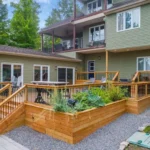

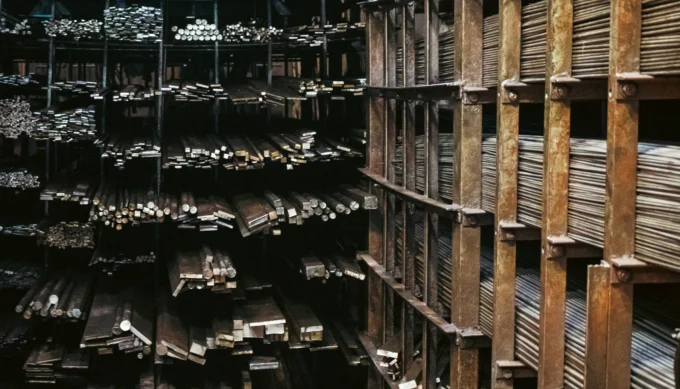



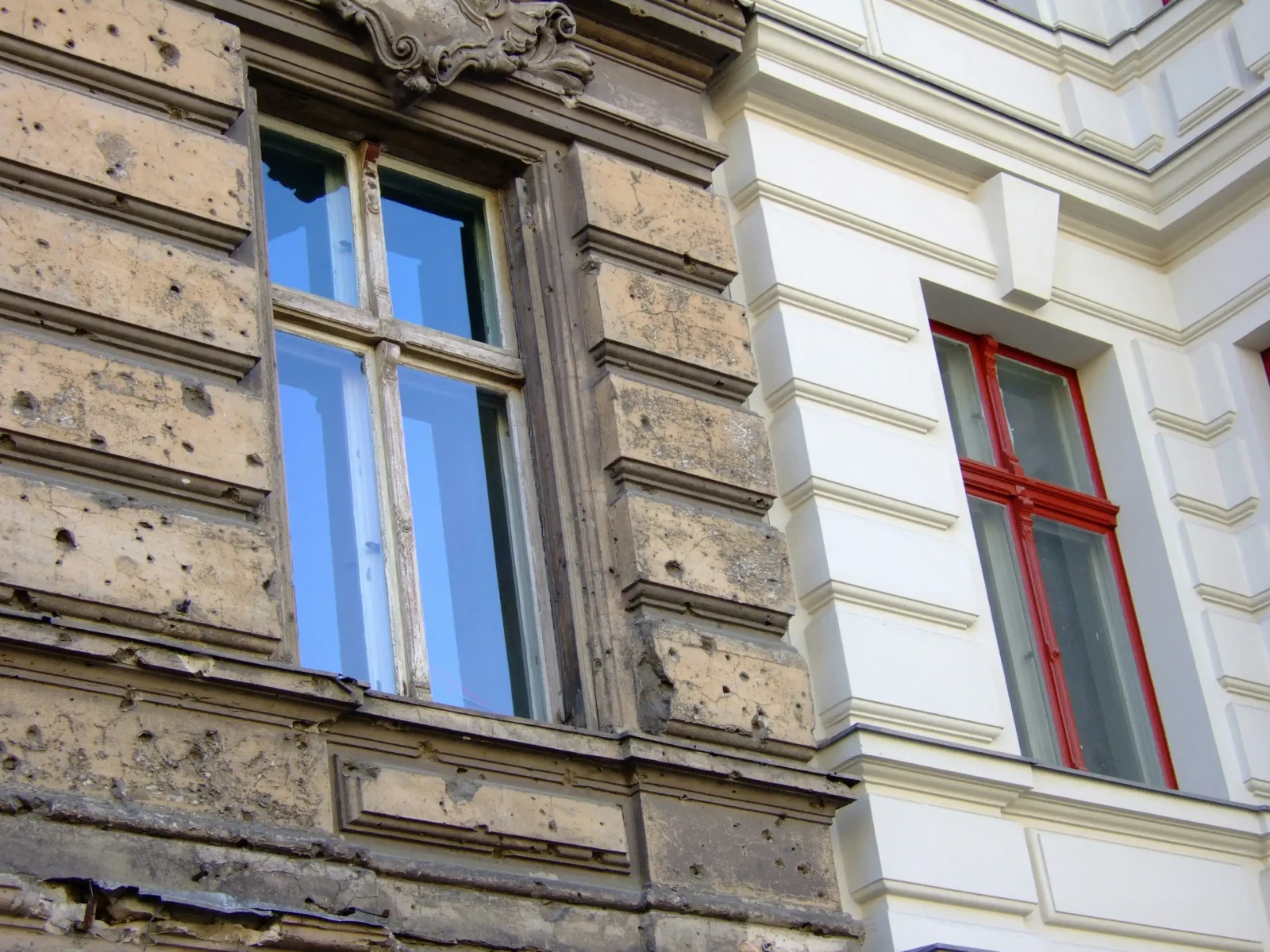

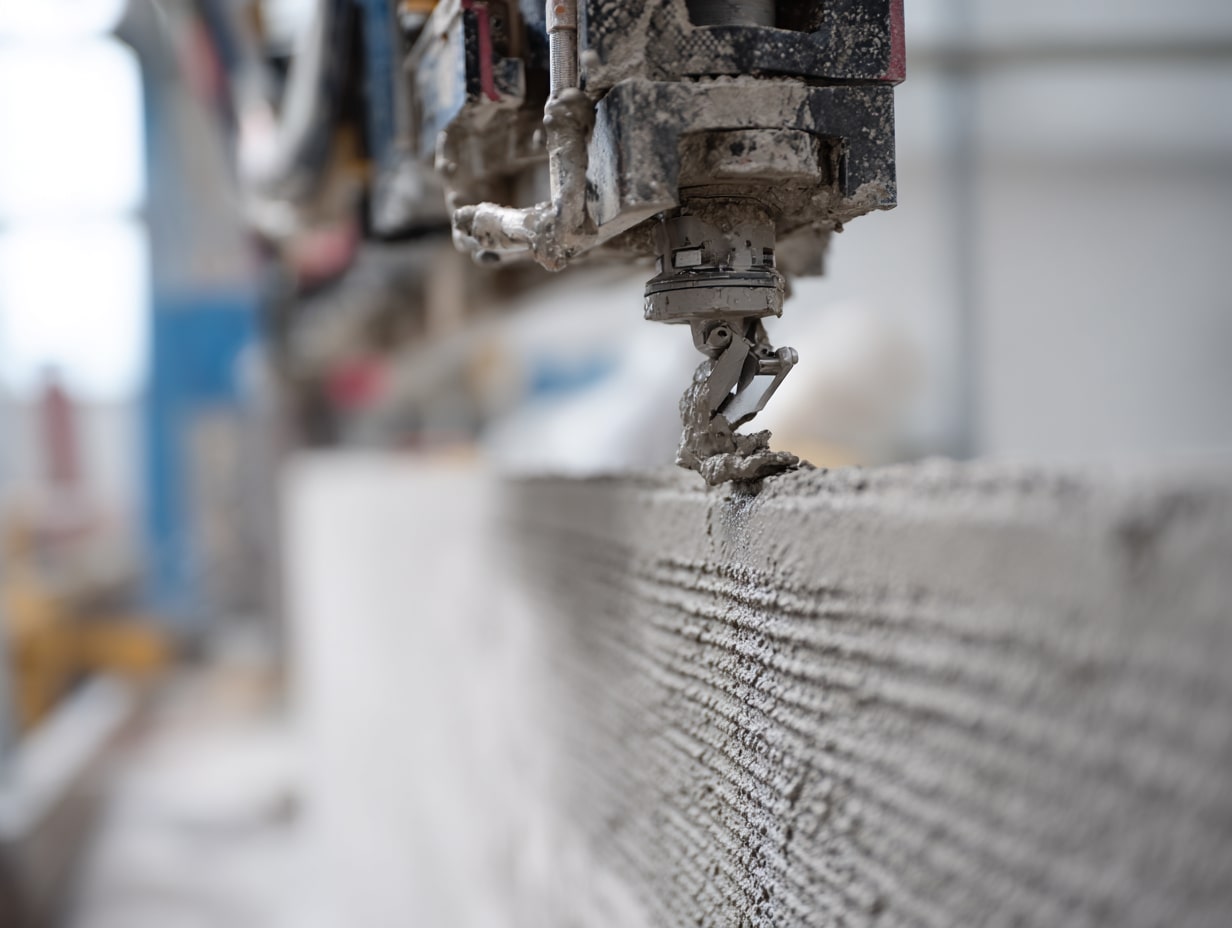

Leave a comment